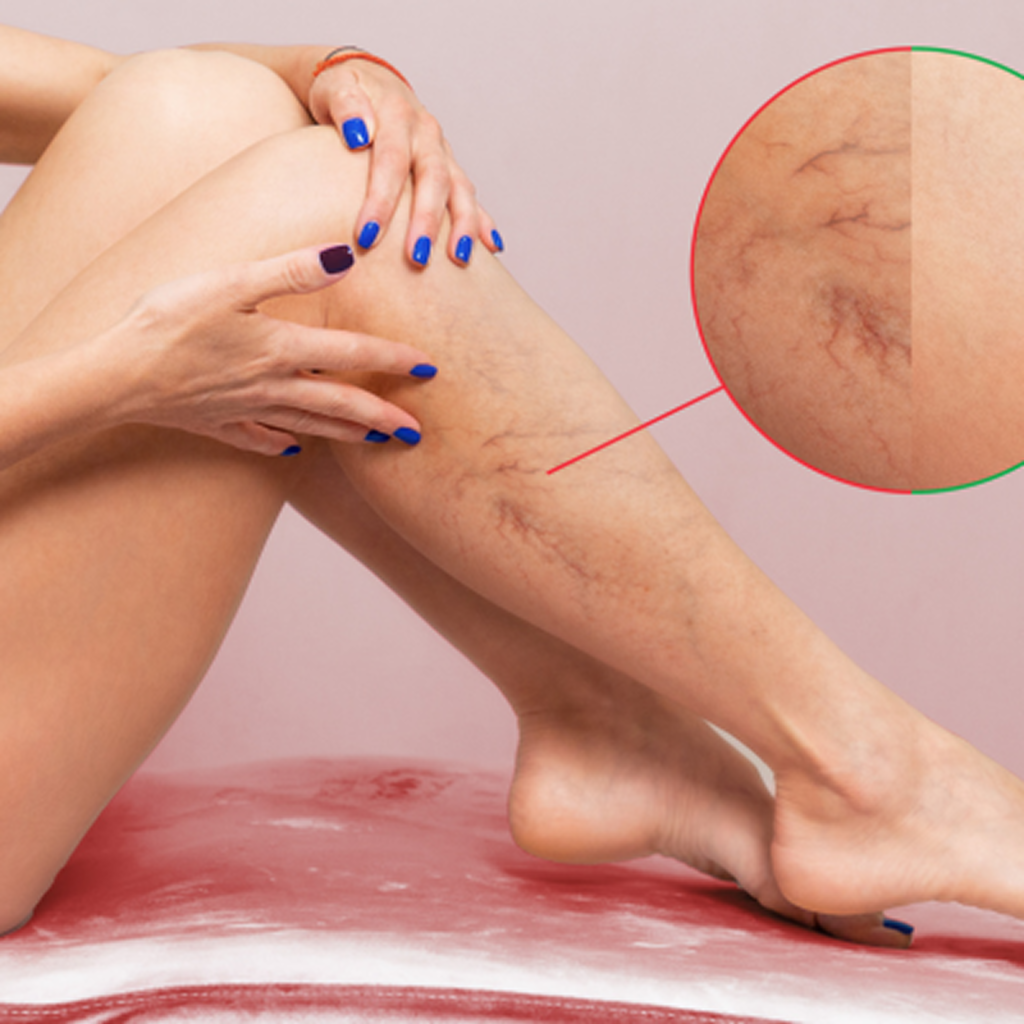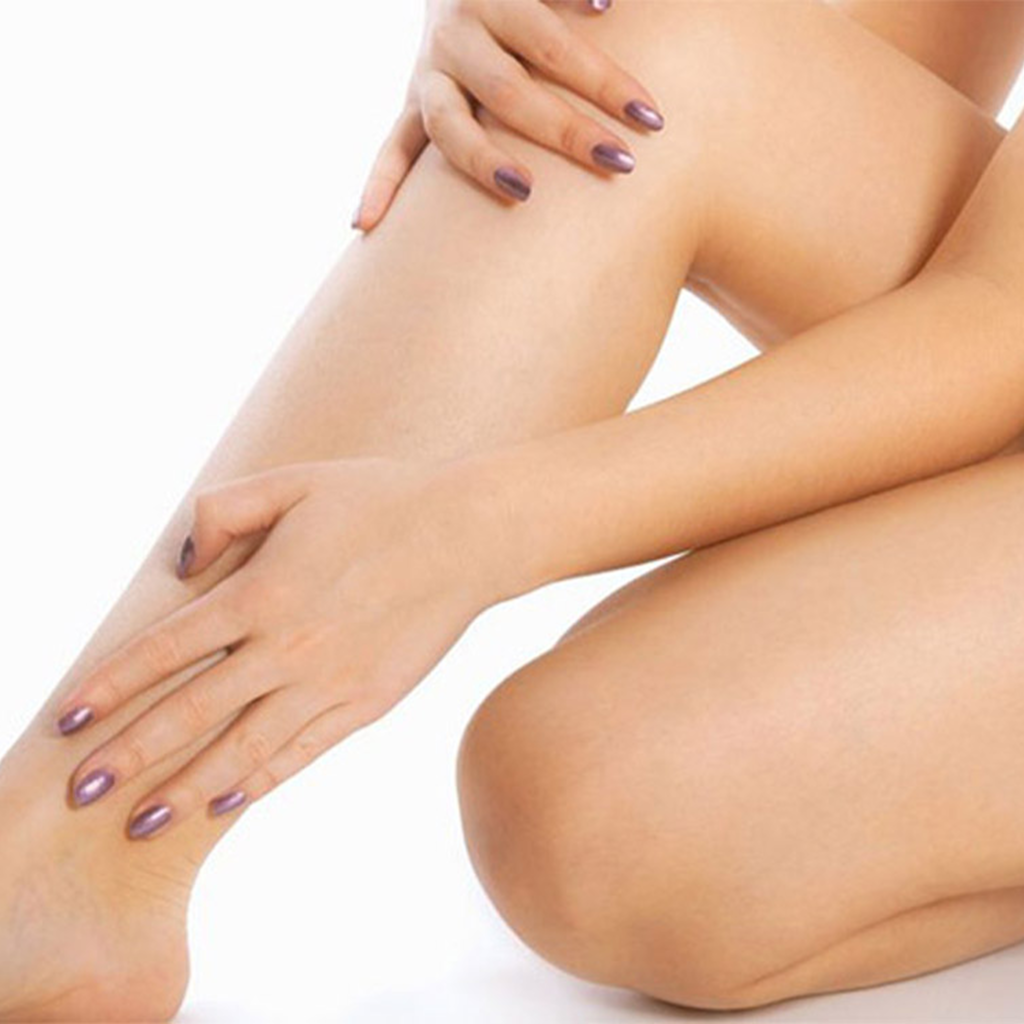
What Are Varicose Veins?
Varicose veins are enlarged, twisted veins that usually appear on the legs and feet. They occur when the valves in the veins become weak, causing blood to pool and veins to bulge. These veins may cause discomfort, pain, or a heavy sensation in the legs, affecting daily activities.
Common Symptoms of Varicose Veins
If you’re experiencing any of the following symptoms, you may need varicose veins therapy:
✅ Swollen, bulging veins that are blue or purple
✅ Aching or heaviness in the legs
✅ Burning or throbbing sensation
✅ Muscle cramps, especially at night
✅ Itching or skin discoloration around the veins
Ignoring varicose veins can lead to serious complications such as ulcers, blood clots, or deep vein thrombosis (DVT). Seeking treatment early can prevent these risks.

What Causes Varicose Veins?
Several factors contribute to the development of varicose veins, including:
🔹 Genetics – A family history of varicose veins increases your risk.
🔹 Age – The risk increases as you get older.
🔹 Pregnancy – Hormonal changes and increased blood volume can weaken vein walls.
🔹 Prolonged Standing or Sitting – Jobs requiring long periods of standing can cause blood to pool in the veins.
🔹 Obesity – Excess weight puts extra pressure on veins.
🔹 Lack of Exercise – Poor circulation can contribute to vein problems.
Effective Varicose Veins Therapy Options
There are several proven treatments available for varicose veins, ranging from lifestyle changes to medical procedures.
1. Lifestyle Changes & Home Remedies
If your varicose veins are mild, lifestyle modifications can help improve circulation and relieve discomfort:
✔️ Exercise Regularly – Walking, swimming, or cycling can improve blood flow.
✔️ Elevate Your Legs – Raising your legs above heart level helps blood return to the heart.
✔️ Wear Compression Stockings – These apply gentle pressure to prevent blood pooling.
✔️ Maintain a Healthy Weight – Reducing excess weight eases pressure on the veins.
✔️ Avoid Prolonged Sitting or Standing – Take breaks and move around frequently.
2. Minimally Invasive Medical Treatments
For moderate to severe varicose veins, minimally invasive procedures provide effective relief:
🔹 Sclerotherapy – A special solution is injected into the veins, causing them to collapse and fade.
🔹 Laser Therapy (EVLT) – A laser is used to close off damaged veins.
🔹 Radiofrequency Ablation (RFA) – Heat energy is used to seal the vein, redirecting blood to healthier veins.
🔹 Microphlebectomy – Small incisions are made to remove varicose veins.
3. Surgical Treatments for Severe Cases
If varicose veins are large and painful, surgical options may be necessary:
✔️ Vein Stripping & Ligation – The affected vein is tied off and removed.
✔️ Endoscopic Vein Surgery – A tiny camera is used to locate and close the vein.
Benefits of Varicose Veins Therapy
Seeking professional treatment for varicose veins can:
✅ Improve blood circulation and overall vein health
✅ Reduce pain, swelling, and discomfort
✅ Enhance leg appearance and boost confidence
✅ Lower the risk of blood clots and ulcers
Frequently Asked Questions (FAQs)
1. Is varicose vein treatment painful?
Most minimally invasive treatments cause minimal discomfort. Patients can return to daily activities quickly.
2. How long does recovery take?
Recovery depends on the treatment type. Minimally invasive procedures often require little downtime, while surgery may take a few weeks.
3. Are varicose veins preventable?
While you can’t always prevent varicose veins, maintaining a healthy weight, staying active, and wearing compression stockings can help reduce your risk.
Get the Best Varicose Veins Treatment Today!
If you’re struggling with varicose veins, don’t wait until the condition worsens. Our specialized varicose vein therapy options provide safe and effective solutions tailored to your needs. Contact us today for a consultation and start your journey toward healthier legs!
